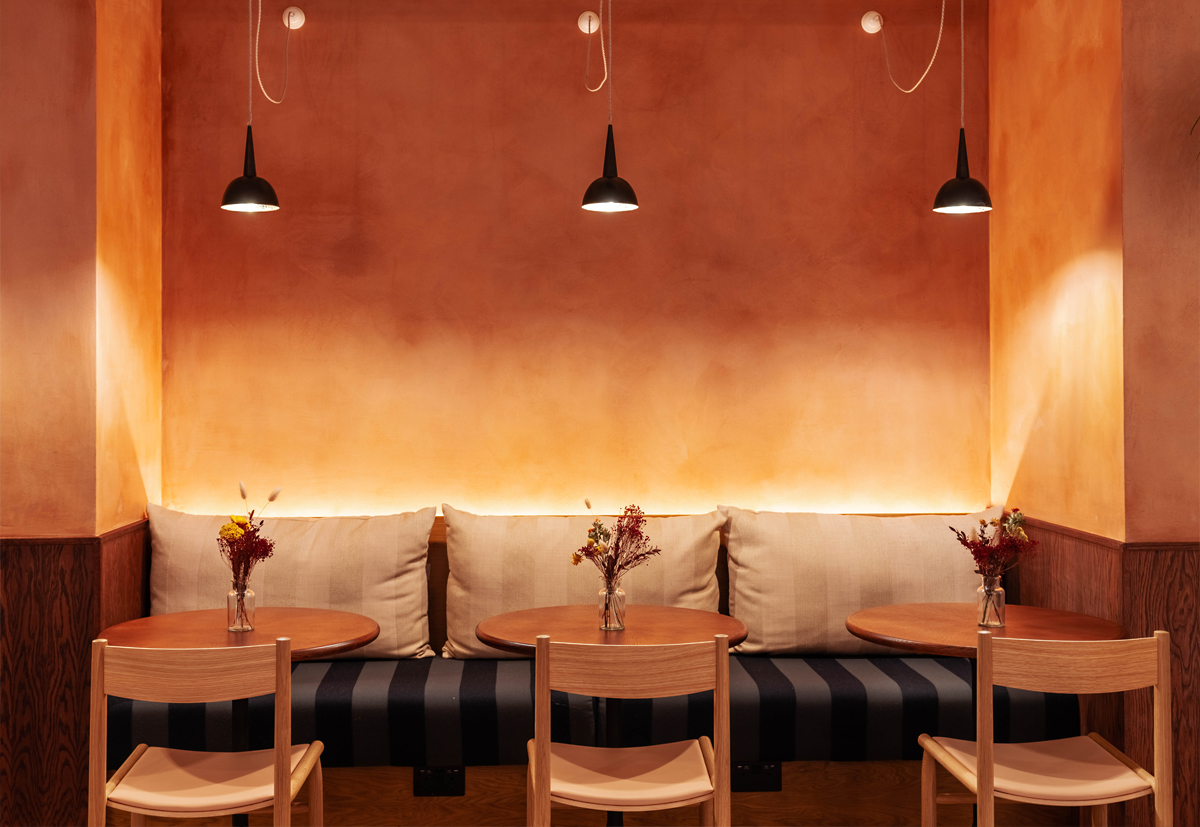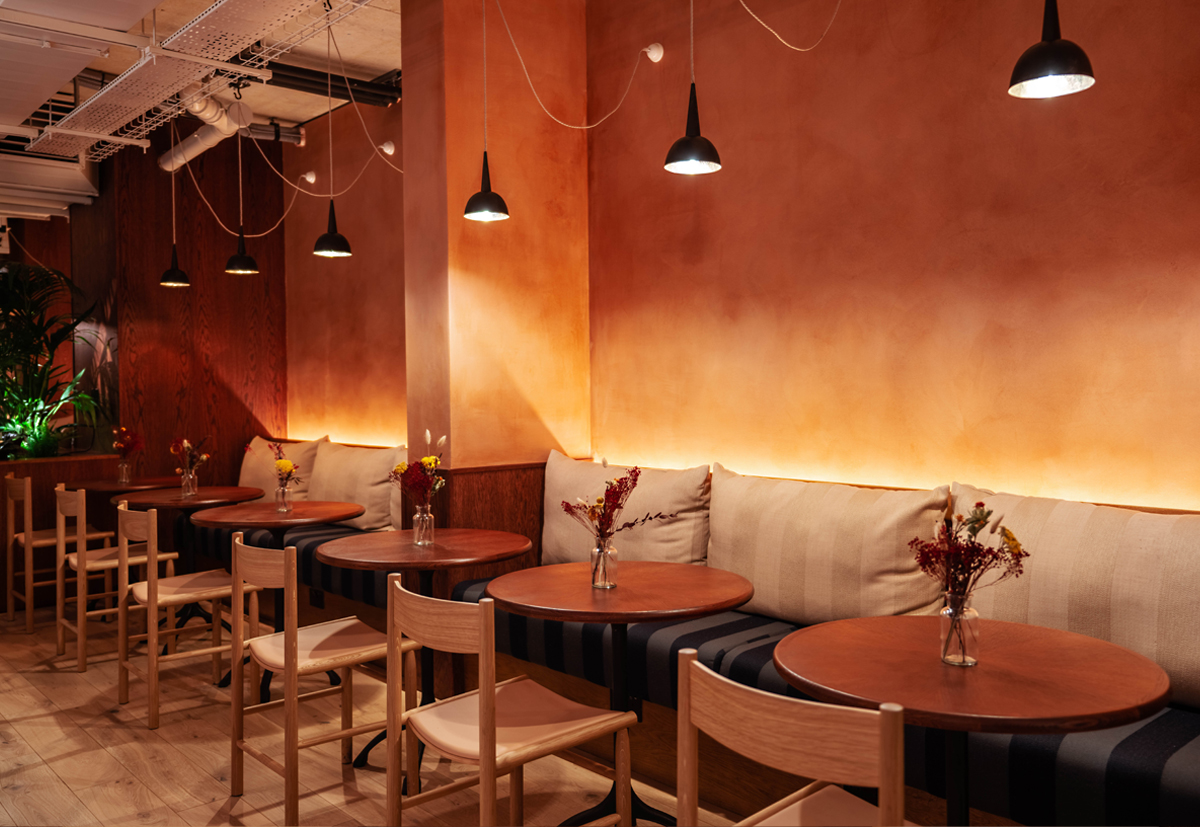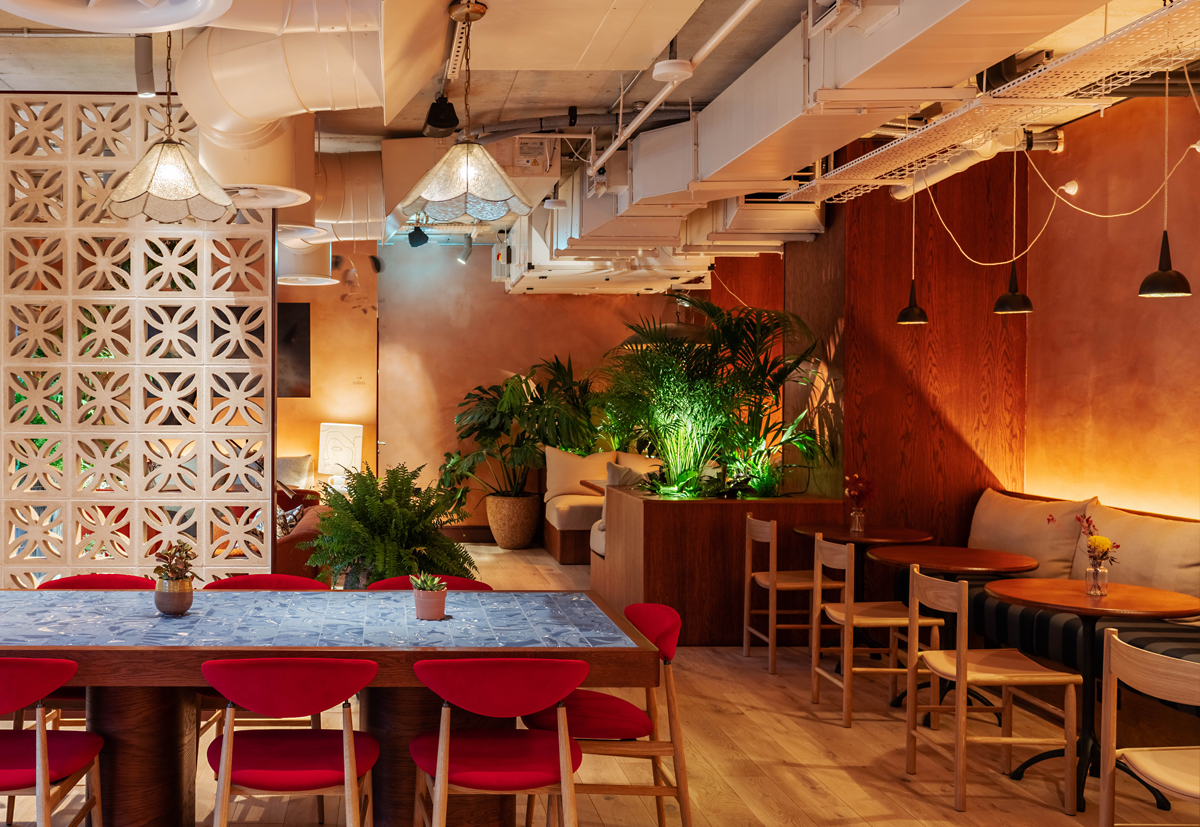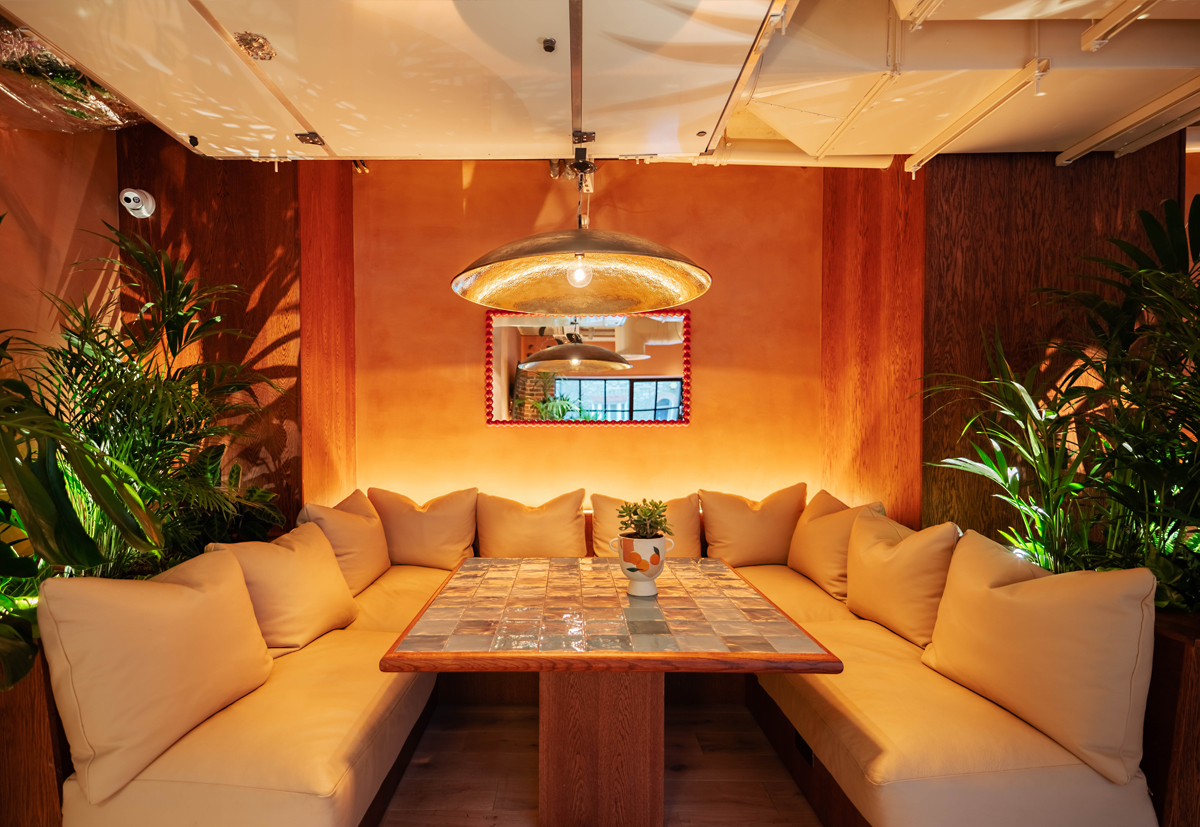
World’s first Whole-Life Net-Zero Carbon Hotel
The world’s first whole life, net-zero carbon hotel opened in December 2021 and we are proud to announce that it features low-carbon, Clayworks interior wall finishes.
Room 2 is London’s first ‘hometel’ and is located in the heart of Chiswick. The 86 studio property features a gym, cafe & cocktail bar and is, according to the owners, 89% more efficient than a typical UK hotel.

Sustainability as a driver of creativity and innovation
RIBA estimates that 1 tonne (1000kg) of carbon dioxide is emitted for every square metre we build. These emissions come about during the extraction of raw materials, manufacture, transport, packaging, installation, waste and end of life of the materials that make up our buildings. These emissions all occur before the building is even open.
It is estimated that for the next 40 years, the equivalent of another NYC will be added to the planet every 34 days and so we need for every new build or retrofit project to dramatically reduce emissions if we stand a chance of meeting global carbon goals and averting further catastrophe. Every single material choice counts and Clayworks Clay Plasters, which are raw, un-processed, compostable and wholly natural can save up to 0.54kg of carbon emissions per metre squared of wall finish compared to more common wall finishes according to calculations by The Materials Council.

There are multiple variables when doing these calculations, but with increasing carbon literacy in the architectural community, along with a proliferation of embodied carbon calculation tools and the provision of transparent data by manufacturing companies, more building designers are calculating the embedded carbon in a building and interrogating the material choices.

The challenges can seem overwhelming, but Room 2 demonstrates that far from sustainability being a restriction on good architecture & design, low carbon building can be exciting and inspiring. That low carbon materials in architecture and beauty are synonymous. If sustainability in the built environment is going to become the future, the norm rather than the exception, we must demonstrate that it can be done without sacrificing style, quality, design or health.

Ancient Raw Materials and Modern Technology
Those responsible for the planning, design, retrofit, construction, and ongoing management of our buildings are faced with a plethora of decisions about the buildings impact. One of the most crucial decisions is the selection of construction materials. As well as their carbon footprint, materials influence the thermal performance of a building envelope and the amount of operational heating and cooling energy needed to maintain a comfortable indoor environment for occupants. Clay plasters can help mitigate against temperature fluctuations and the breathability can help to reduce the need for mechanical intervention for indoor moisture control.
Combining the most ancient, most humble of materials, with modern technology other features of Room 2 include:
- Renewable energy technologies including Solar Panels & Groundsource Heat Pumps, drawing heat from 200m below ground.
- A Green roof for biodiversity, providing a home to 75,000 bees plus insects and bugs. The green roof also improves insulation for the building
- A Blue Roof to hold rainwater: Sitting under the ‘Green’ roof, the ‘Blue’ roof catches and retains up to 50,000L of rainwater, slowly releasing it to the drainage system to reduce the chances of local flooding.
- Zero Waste Materials, including fully compostable clay plasters
- Low Heat technologies
- Air quality trackers
Photographs: Courtesy of Lamington Group
Plaster: TER-03 Smooth
Application: Remjo Django Finishes
For more photographs please see our Case Study feature.

